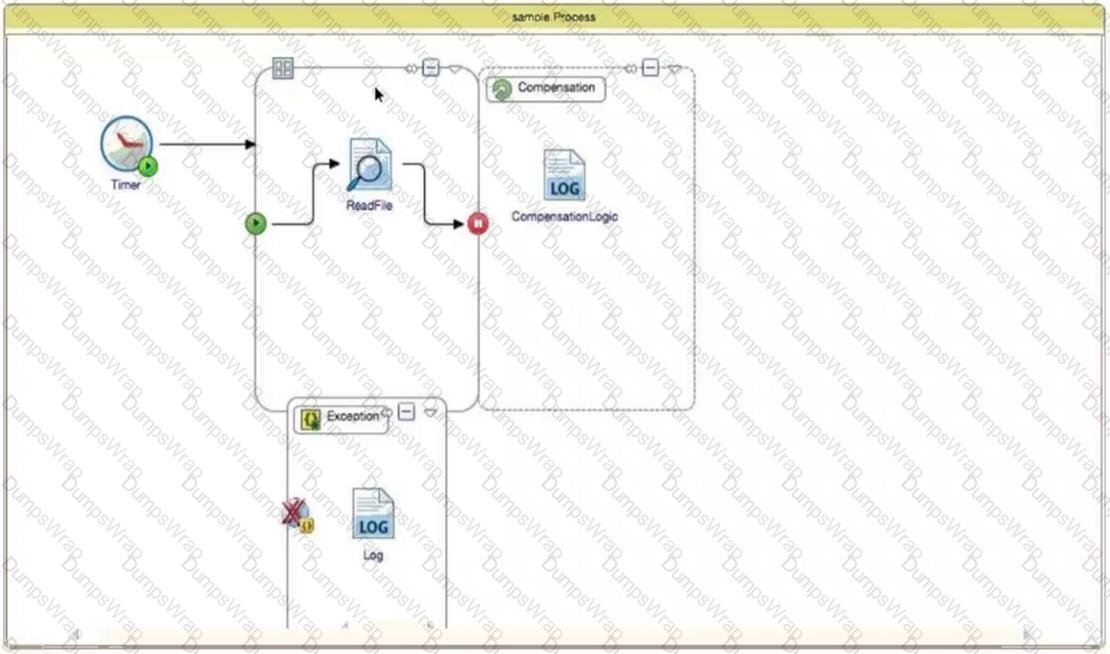TIBCO BusinessWorks Certified Associates Exam Questions and Answers
What are two methods for implementing activity level error handling in TIBCO ActiveMatrix BusinessWorks? (Choose two.)
What are the three command line arguments that can be used with the bwagent utility? (Choose three.)
You need to perform a Remote Deployment from BusinessStudio by using the Deployment Servers view. Which utility do you need to have running in order to achieve this?
Which type of activity is required to implement an asynchronous event in a running process and then proceed with executing the process instance when an appropriate event is received?
Each process in TIBCO BusinessWorks is a service.
What HTTP method do you use to create a resource at a known URI or update an existing resource?
Which two statements are true about a bw.engine.persistenceMode that is set to group? (Choose two.)
You are using machines in multiple environments. They have TIBCO ActiveMatrix BusinessWorks installed and are in the same IP subnet. You need to ensure that the machines from one environment are not able to connect to another environment. You must achieve this goal without using additional network technology.
What should you do?
Refer to the following scenario when a route is established between two Enterprise Message Service servers:
routes.conf on Server-A:
[Server-B]
url=tcp://hostA:7022
zone_name=Zl
zone_type=lhop
routes.conf on Server-B is empty.
Which two statements are true in this situation? (Choose two.)
Which error handling method would allow you to continue processing activities in the same scope?
Which two statements are true about the fault tolerance feature of TIBCO ActiveMatrix BusinessWorks applications? (Choose two.)
In which of the following cases should you use Coercion in a Mapper activity?
Refer to the exhibit.

What happens to the process if the Read File activity throws a FileIOException?
You must restart the engine after you apply a breakpoint.
What is the minimum requirement for mapping the output of a Preceding activity to the input of a mapper?
The application you have created with activation set to Single AppNode is deployed into an AppSpace consisting of two AppNodes (A1 and A2). It is running in managed fault tolerance mode. One of the administrators accidentally stops the application.
What is the expected behavior of your application?
You have two machines configured in an agent network. A domain and AppSpace span across both machines. Each machine has a single AppNode. which is part of the same AppSpace. Which utility allows you to deploy an application to the AppSpace so that it runs on each AppNode?
If you need to loop through every User record in a database, which scope should you use?

